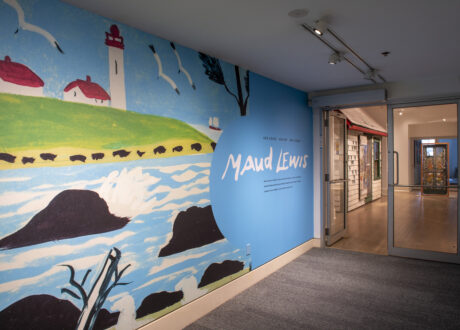

A print is an artist-designed image, executed on a matrix (which can be wood, metal plate, stone, or screen), inked, sent through a special press, and pulled one-by-one from the matrix to produce multiple impressions on damp paper. Exceptions to this ideal sequence can occur at any stage because printmaking is a human activity and people look for an easier way. The history of printmaking is, in many ways, a record of that search for an easier, faster way to produce an iterated image.
Prints can be relief, for which the artist draws the design on a slab of wood and chisels out the areas surrounding those lines; intaglio, for which the artists carves the lines of the design into a metal plate; or planographic, for which the design is drawn directly on the flat surface of the lithographic stone, or turned into a negative stencil which blocks the silk screen around the lines of the design.
This exhibition, a joint project of Laurie Hamilton, Senior Conservator, and Mora Dianne O’Neill, Associate Curator, Historical Prints and Drawings, with valuable input from David Dahms, an artist and former printmaking instructor at NSCAD, presents prints of many types and utilizes a photomicrograph (at 16x, 25x, or 40x magnification) to draw attention to a salient feature of each technique.



